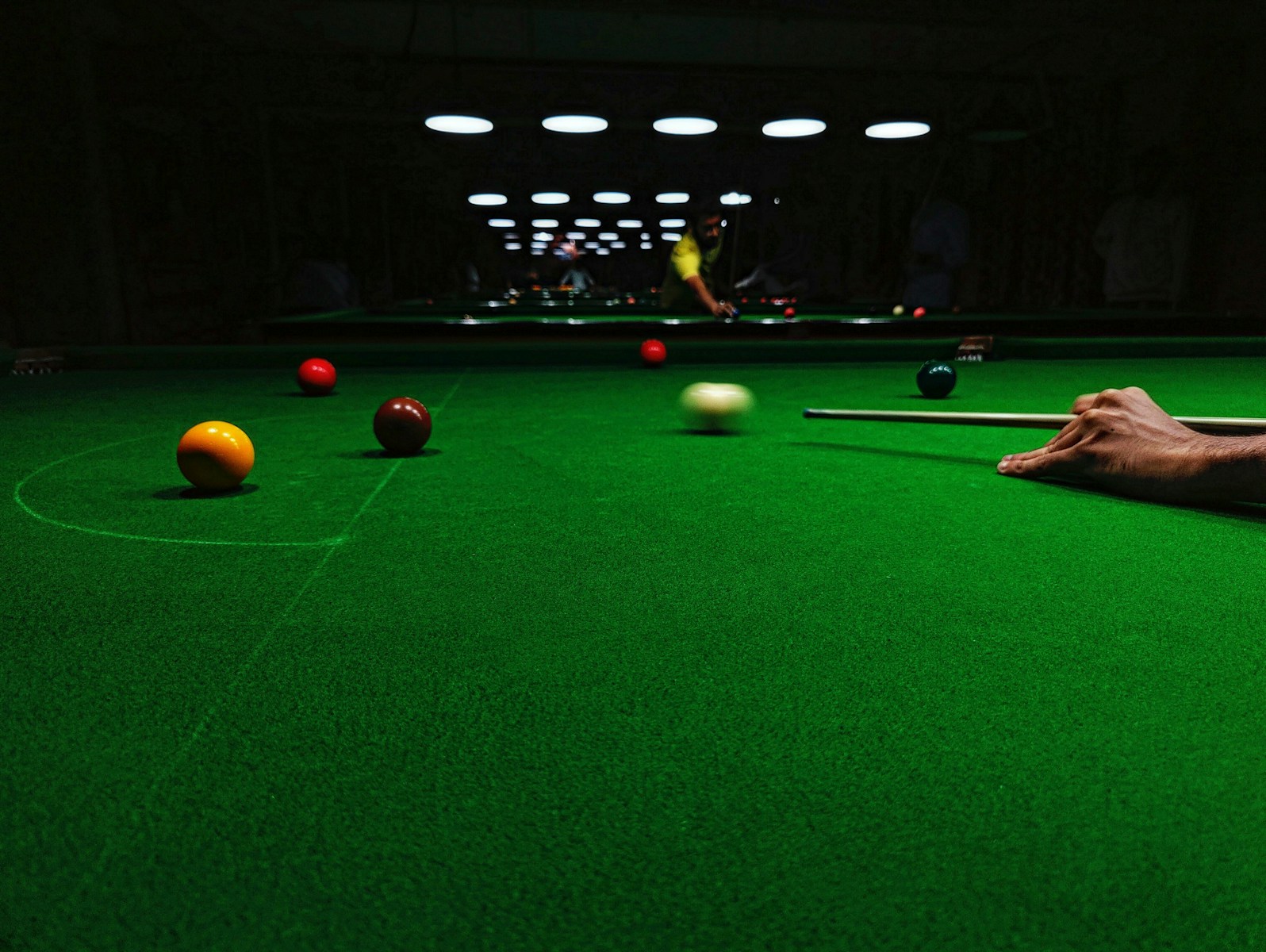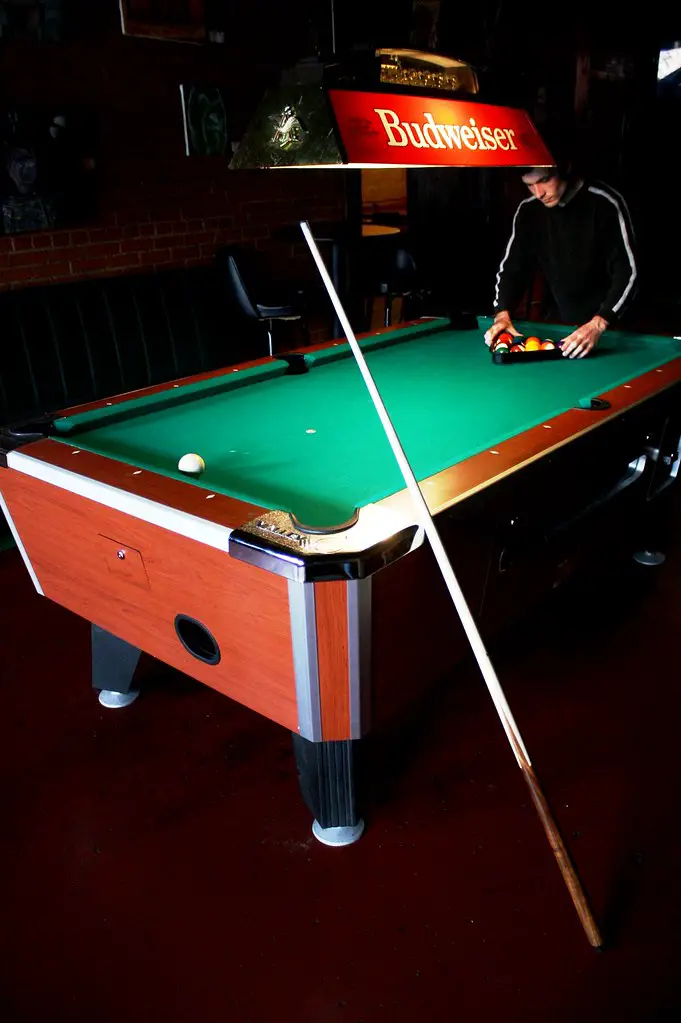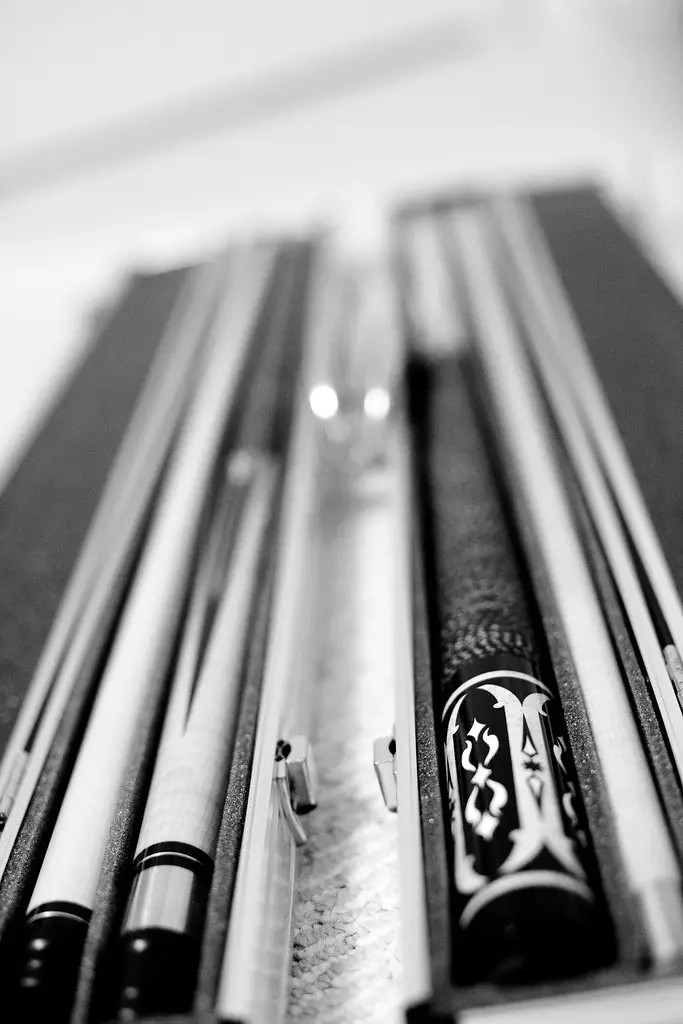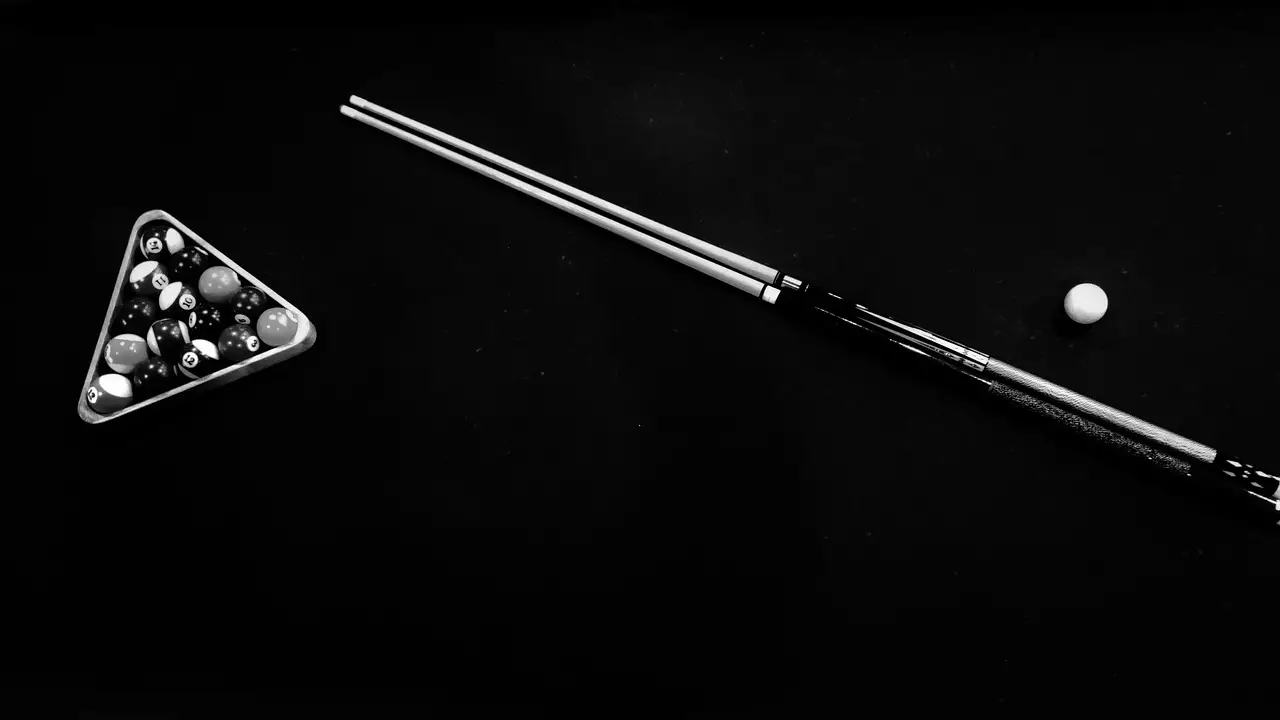
The Impact of Fiberglass and Composite Materials in Billiard Cue Sticks
Billiards, with its roots tracing back centuries, has long been associated with tradition and timeless craftsmanship. However, the arena of cue stick materials is witnessing a quiet revolution—one that’s laying the green felt with composite innovation, transforming the way players interact with the game and their equipment. For cuesports aficionados, understanding the science behind the finesse is just as crucial as nailing that perfect shot. This article digs into how fiberglass and composites are reshaping the very tools of billiards mastery, and what it means for the game and its players.
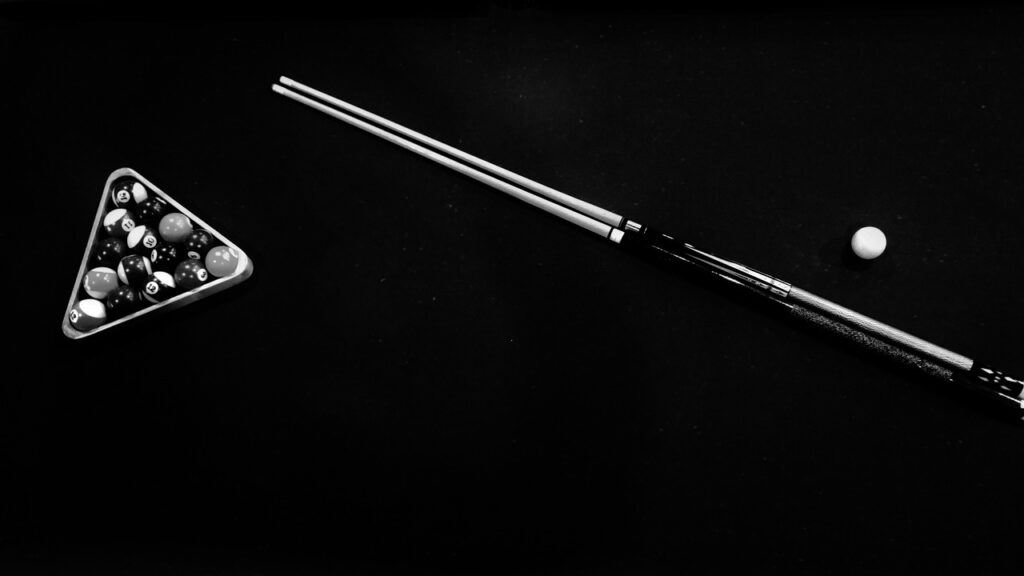
The Age of Tradition and Wood
Billiards, at its heart, embodies the harmony between precision, strategy, and technique. This dance of balls across the table is guided by the slender wand known as the cue stick. For generations, the preferred material for these sticks has been wood, known for its classic appeal and workability. However, wooden cues are not impervious to age and use. They can warp, splinter, and degrade over time, affecting the player’s consistency and confidence.
Evolution to Fiberglass and Composites
Enter the modern material maestros. Cue sticks now emerge from fiberglass, carbon fiber, and various composites, combining the elegance of design with the resilience of high-performance materials. This shift is not purely aesthetic. Fiberglass and composites offer a litany of advantages over traditional wood, including greater strength-to-weight ratios, increased flexibility, and a more consistent quality that resists environmental changes.
Harnessing Durability and Flexibility
Unlike wood, fiberglass and composites do not absorb moisture, which can lead to changes in weight, balance, and straightness. They are also less prone to warping, ensuring that each strike is as precise as the last. This durability isn’t just a matter of lasting longer; it can also contribute to more consistent performance over time.
Redefining Performance
These modern materials are more than just robust; they can be engineered to provide specific performance benefits. For instance, carbon fiber can be used to make cue sticks with lower deflection, minimizing the chance of missed shots due to the ball not traveling as expected. Fiberglass can enhance the ‘pop’ on the cue ball, giving players a more dynamic break or impressive English.
Enhancing Player Experience
Billiards is a game of micrometers—one where the smallest tweak can make or break a game. The shift to fiberglass and composites is not just a nod to modernity; it’s a quest to enhance the player experience in substantial, measurable ways.
Precision Strikes and Reduced Deflection
The composition and construction of a cue stick significantly impact its deflection properties. With fiberglass and composite cues, the league between the cue ball and target ball can be even more accurate. When a player applies English to the cue ball, the expected outcome becomes more reliable, leading to less guesswork and more precision in shots.
Optimal Control and Consistency
A well-constructed composite cue stick can provide a level of control that surpasses what wood alone can offer. The way these materials can be tuned to deliver a consistent ‘feel’ allows players to adjust their game with a sense of assurance. Besides, the reduced likelihood of warping or denting means that the cue stick will maintain its responsiveness and ‘cushion’ for much longer.
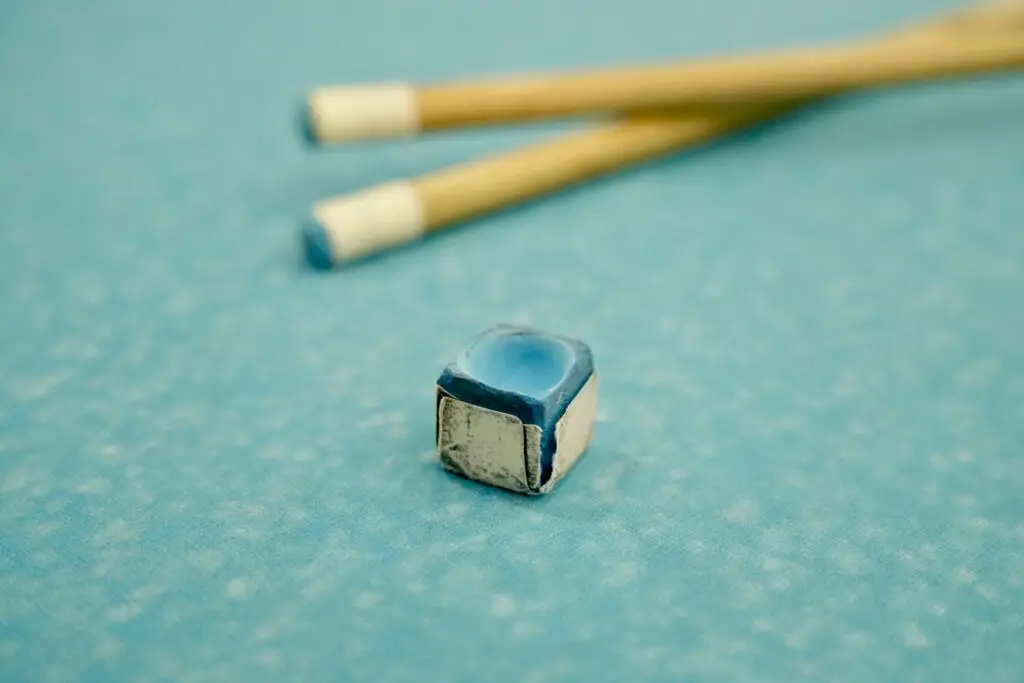
Technical Insights
For the uninitiated, the subtle differences in weight distribution or the resonating frequency of a cue stick might seem like minutiae. Yet for the discerning player, these technical aspects can have a profound impact on performance.
Weight and Balance
Fiberglass and composites allow for a more precise distribution of weight along the cue stick. This can affect how a player handles the cue and their consistency in shots. A well-balanced composite stick can feel lighter in hand, despite having the same weight as a wooden cue. This is due to the distribution of weight, often more concentrated towards the butt of the cue.
The ‘Feel’ Factor
The resonance of a cue stick, commonly referred to as its ‘feel,’ informs the player about the quality of their shot. This subtle response is a mixture of the cue’s length, taper, and materials. Composites provide the additional tuning flexibility to replicate the desirable feel of classic wooden cues, or indeed, to create an entirely new ‘feel’ that resonates with today’s players.
Comparative Analysis
To truly appreciate the impact of fiberglass and composites, it is essential to contrast their performance with traditional wooden cues in various scenarios.
The Science of Precision Shots
When it comes to precise shots, the difference in deflection can be the elusive factor that tips the scales in favor of one cue material over another. A high-quality fiberglass or composite cue stick can help in making those ‘almost-there’ shots land with exactitude and style.
Longevity and Resistance
Wooden cues, while beloved for their aesthetics, can be high-maintenance. Polishes, waxes, and vigilance towards environmental factors are necessary tasks for their upkeep. In contrast, composite cues require less maintenance and offer greater longevity under similar playing conditions.
Industry Trends
The trend towards fiberglass and composites is not just a consumer preference; it is a wave that’s making ripples in the professional circuit as well. Many of the top players are now seen wielding cues made of these modern materials, a testament to their acceptance and utility in high-stakes play.
A New Standard in Competitive Play
The transition to modern materials is redefining the standard for competitive play. Players who ignore the benefits of these new cues risk being left behind in an age where every microsecond of adjustment matters. The question for professionals is no longer ‘if’ but ‘when’ they will adopt these innovations.
Customization and Personal Preference
The beauty of composite materials is their malleability. Manufacturers are now offering a level of customization that was once unthinkable. Players can tailor their cues to a near-molecular level to suit their unique style and requirements.
Conclusion
The introduction of fiberglass and composite materials in the construction of billiard cue sticks is more than a gimmick or trend; it is a reflection of an industry that continues to push the boundaries of performance and personalization. The benefits they offer, not just in terms of durability, but also in fine-tuning the player experience, are replete with potential to transform the game for both amateurs and professionals. The collision of tradition and innovation is fertile ground for the growth of the billiards community, and one can only speculate on the heights this marriage of classic elegance and modern craftsmanship can reach. As the game continues to evolve, with each strike, it speaks volumes about the perfect balance between the past and the future.

